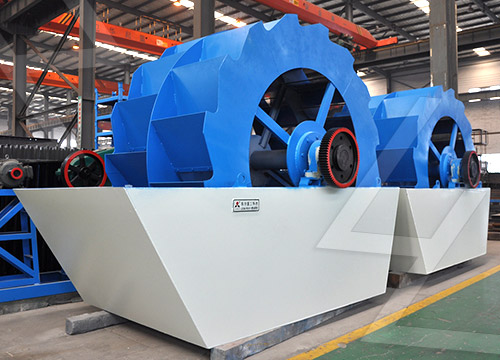The grinding process in mining is a crucial step in ore processing, where raw ore is reduced in size to liberate valuable minerals for further separation (e.g., flotation, leaching). Below is a detailed breakdown:
—
1. Purpose of Grinding in Mining
– Liberation: Breaks down ore into fine particles to separate valuable minerals from waste (gangue).
– Surface Area Increase: Enhances chemical reactivity for processes like leaching.
– Particle Size Control: Prepares material for downstream processes (e.g., flotation requires fine particles).
—
2. Key Equipment Used
# (a) Crushers (Coarse Grinding)
– Jaw Crushers: Primary crushing of large rocks.
– Cone Crushers/Gyratory Crushers: Secondary crushing to smaller fragments.
# (b) Mills (Fine Grinding)
– Ball Mills: Rotating cylinders with steel balls; grind ore via impact/attrition.
– Rod Mills: Use rods instead of balls; suited for coarser grinding.
– SAG Mills (Semi-Autogenous Grinding): Combine ore and grinding media (balls/rods); partial autogenous grinding.
– HPGR (High-Pressure Grinding Rolls): Energy-efficient alternative for hard ores.
—
3. Grinding Process Steps
1. Crushing: Ore is reduced to ~5–25 mm in primary/secondary crushers.
2. Grinding:
– Wet grinding (common): Ore mixed with water in mills.
– Dry grinding: Used when water is scarce or for specific minerals.
3. Classification: Cyclones or screens separate fine particles from coarse ones (recycled for further grinding).
4. Downstream Processing: Ground slurry sent to flotation, leaching, or magnetic separation.
—
 4. Factors Affecting Grinding Efficiency
4. Factors Affecting Grinding Efficiency
– Ore Hardness: Harder ores require more energy (measured via Bond Work Index).
– Feed Size: Smaller feed = less grinding energy needed.
– Mill Speed/Critical Speed: Optimal rotation ensures effective grinding.
– Grinding Media Size/Density: Affects impact force and wear rates.
– Pulp De ty (% Solids): Influences viscosity and particle movement.
ty (% Solids): Influences viscosity and particle movement.
—
5. Challenges & Solutions
| Challenge | Solution |
|———–|———-|
| High Energy Use | Use energy-efficient HP





Leave a Reply